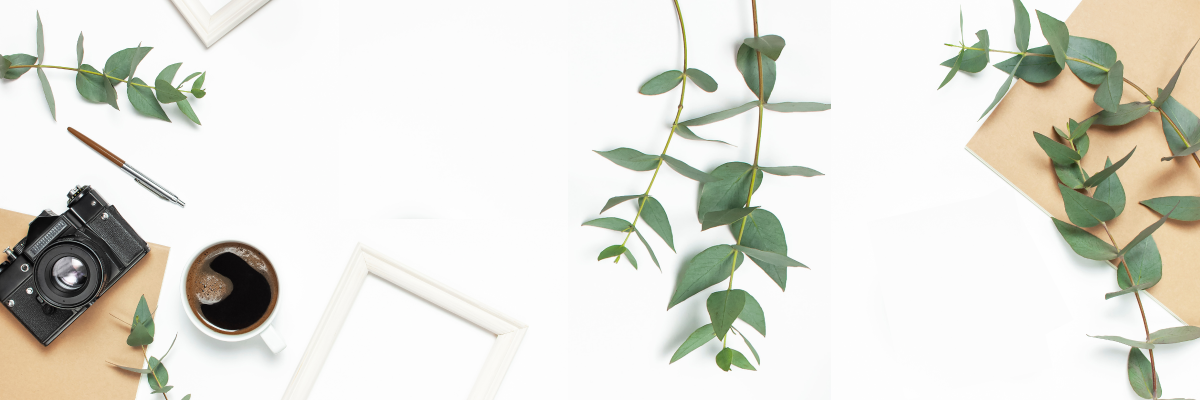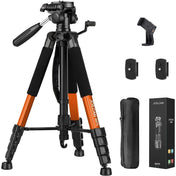Hey there, photography enthusiasts! Are you tired of being at the mercy of your camera's auto settings? Do you want to unleash your creativity and capture stunning images with complete control? Well, you're in luck! In this guide, we'll dive into the exciting world of manual mode and show you how to take charge of your camera like a pro.
Why Manual Mode?
Before we jump into the nitty-gritty details, let's talk about why manual mode is worth mastering. While auto mode is convenient, it limits your creative potential. Manual mode allows you to make intentional decisions about exposure, focus, and depth of field, resulting in images that truly reflect your vision.
By taking control of your camera settings, you can manipulate the exposure triangle—aperture, shutter speed, and ISO—to achieve the desired effect. Whether you're shooting a landscape bathed in golden hour light or freezing the motion of a fast-paced sports event, manual mode empowers you to capture the moment exactly as you envision it.
Understanding the Exposure Triangle
The exposure triangle is the holy trinity of manual mode. It consists of three essential elements: aperture, shutter speed, and ISO. Let's break them down:
Aperture
Aperture controls the amount of light entering the camera through the lens. It also affects the depth of field, determining how much of the image is in focus. A wider aperture (smaller f-number) like f/1.8 creates a shallow depth of field, perfect for portraits that blur the background. On the other hand, a narrower aperture (larger f-number) such as f/16 results in a wider depth of field, ideal for landscapes where you want everything in focus.
Shutter Speed
Shutter speed determines the duration for which the camera's shutter remains open. It influences the amount of light reaching the camera's sensor and controls the motion blur in your images. A faster shutter speed (like 1/1000th of a second) freezes action, while a slower shutter speed (around 1/30th of a second) creates motion blur, which can be used creatively in certain scenarios.
ISO
ISO measures the camera's sensitivity to light. A lower ISO (such as 100) produces a cleaner image with less noise but requires more light. In contrast, a higher ISO (like 3200) makes your camera more sensitive to light but may introduce digital noise, especially in low-light situations. The key is finding the right balance based on the available light and the desired effect.
Mastering Manual Mode Step-by-Step
Now that we've covered the basics, let's dive into mastering manual mode step-by-step:
Step 1: Set Your Camera to Manual Mode
First things first, switch your camera to manual mode. This may vary depending on your camera model, but it's usually represented by an "M" on the mode dial. Once you're in manual mode, you have full control over the exposure triangle.
Step 2: Choose Your Aperture
Start by determining the desired depth of field for your shot. For portraits, a wide aperture (small f-number) like f/2.8 or f/4 will create a beautiful background blur, isolating your subject. If you're capturing landscapes, choose a narrower aperture (larger f-number) like f/11 or f/16 to keep everything in focus.
Step 3: Set Your Shutter Speed
The next step is to select an appropriate shutter speed based on the subject and the desired effect. If you're photographing a fast-moving subject, like a sports event, you'll need a faster shutter speed (1/500th of a second or higher) to freeze the action. For long-exposure shots, like capturing star trails or silky waterfalls, opt for a slower shutter speed (a few seconds or more) to create stunning effects.
Step 4: Adjust Your ISO
Now that you've set your aperture and shutter speed, it's time to fine-tune your exposure using ISO. Start with the lowest possible ISO to maintain image quality, and gradually increase it if you need more light in your shot. Be cautious, though, as higher ISO settings can introduce noise into your images.
Step 5: Meter and Make Adjustments
After setting your exposure triangle, it's important to meter your scene. Most cameras have a built-in light meter that helps you gauge the exposure. Aim for a balanced exposure, where the light meter sits at zero. However, don't be afraid to experiment and push the boundaries to achieve the desired creative effect.
Practice Makes Perfect
Like any skill, mastering manual mode requires practice. Don't get discouraged if your first few shots aren't magazine-worthy. Keep experimenting, learning, and refining your technique. Over time, you'll develop an intuitive understanding of how aperture, shutter speed, and ISO work together to create stunning images.
Remember, the beauty of digital photography is that you can instantly review and adjust your settings. Don't be afraid to experiment and take risks. Play with different combinations of aperture, shutter speed, and ISO to achieve unique effects that showcase your creativity.
Unleash Your Creativity Today!
So, what are you waiting for? It's time to break free from the confines of auto mode and take control of your camera. Mastering manual mode is an exciting journey that will unlock a world of creative possibilities. Embrace the challenge, experiment fearlessly, and capture images that truly reflect your unique vision. Happy shooting!
And there you have it! Now that you've learned the basics of manual mode, it's time to grab your camera and start exploring. Remember, practice makes perfect, so don't be afraid to make mistakes and learn from them. The more you experiment, the more you'll understand how to use manual mode to capture breathtaking photos. So go ahead and embark on your manual mode adventure—you won't regret it!
Visit another user's Shopify store by clicking here. Kindly note that this is a promotional link, and we assume no liability for the content on the linked store.












